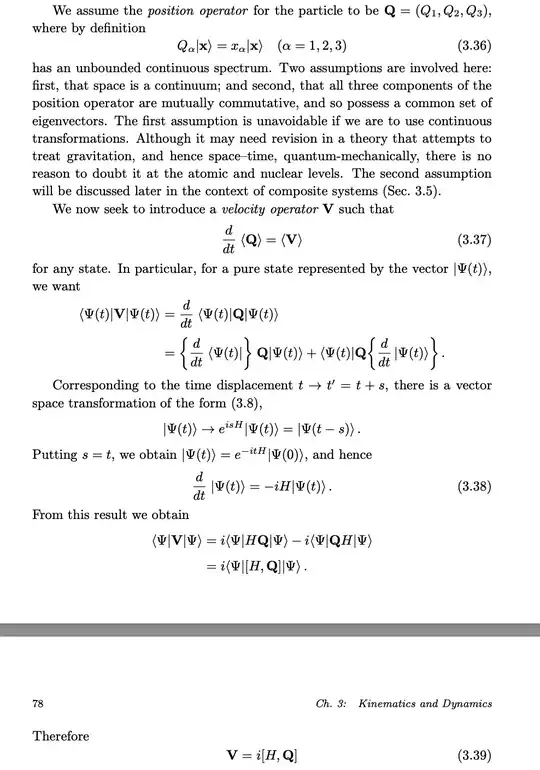Suppose I have two operators $A$ and $B$ which each obey $\langle\psi|A|\psi\rangle = \langle\psi|B|\psi\rangle$ for all elements $|\psi\rangle$ of the space. Does this imply $A=B$? I remember seeing a proof on Stack Exchange way back when but can't seem to dig it up now.
That $\langle\psi_1|A|\psi_2\rangle = \langle\psi_1|B|\psi_2\rangle$ for all elements $|\psi_{1/2}\rangle$ is sufficient to conclude $A=B$ is clear from considering a particular basis as the $|\psi_{1}\rangle$, but obviously this is a stronger condition (at first glance) than the former.
Bonus points (generalizing from pure states): Does $\operatorname{trace}\{A \rho\} = \operatorname{trace}\{B\rho\}$ for all valid (density/state) operators $\rho$ ($\rho$ nonnegative, of unit trace, and self-adjoint) imply that $A=B$? Obviously answering this (in the affirmative) answers the first question, so please feel free to just answer this.
Edited to include an image describing the operator. Image included as I'm not sure how to describe the velocity opreator $\textbf{V}$ which Ballentine defines.
